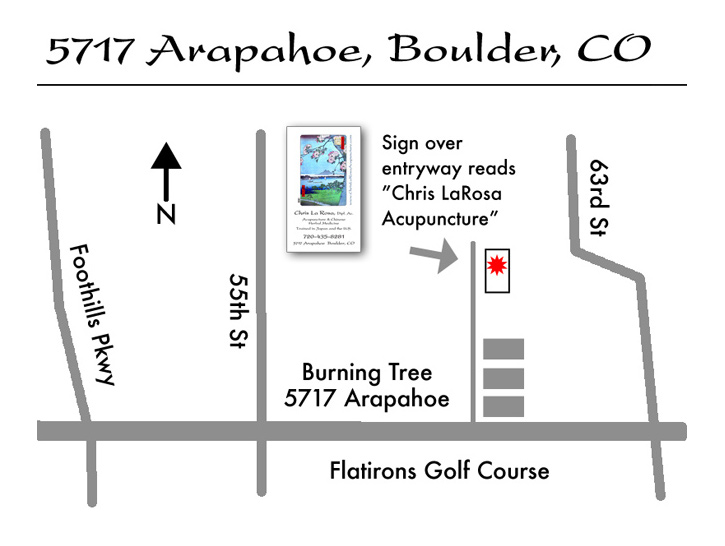I am often asked how Japanese acupuncture differs from that used in traditional Chinese medicine (TCM) and other styles.
There are four practices in which the Japanese method differs:
- Japanese acupuncture uses thinner needles and shallower insertions, which results in more gain for less, or no pain.
- Acupuncturists using the Japanese method palpate the abdomen. When I do this, I’m gathering information about the body’s organ systems, which enables me to adjust the treatment to fit the patient’s needs.
- Japanese acupuncture makes extensive use of moxibustion to heighten the effectiveness of the acupuncture treatment. Moxa is a plant whose dried leaves are burned on needles or smouldered directly on the skin. The pleasant, therapeutic heat is a powerful tonic and improves circulation. I use seven different methodologies of moxibustion, depending on the patient’s complaint.
- Japanese acupuncture does not limit treatment to a single point. For example, if a patient complains of back pain, I not only treat the appropriate points on the back, but will also treat appropriate areas all along the involved meridian(s).
